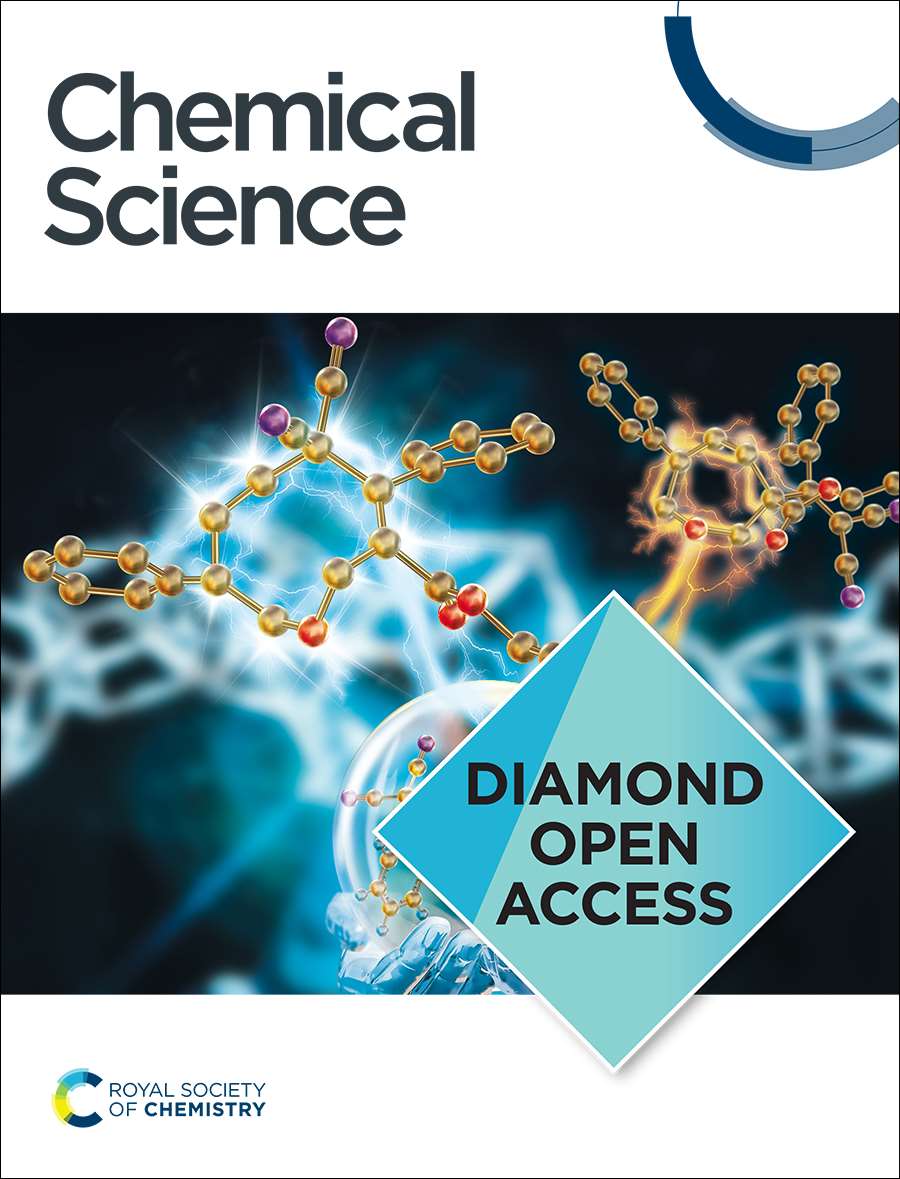光活化和赖氨酸反应性邻硝基苯基交联剂的设计与表征
IF 7.6
1区 化学
Q1 CHEMISTRY, MULTIDISCIPLINARY
引用次数: 0
摘要
光反应基团是结构蛋白质组学的宝贵工具,提供无试剂激活和蛋白质标记的时间控制。然而,传统的uv活化官能团通常会产生不稳定的中间体和多种产品,使得这些化学物质难以大规模部署。在这项研究中,我们进行了对硝基苄基醇(oNBA)反应性的系统分析,以整合到化学交联质谱的新型试剂中。由于其对赖氨酸残基的独特特异性,oNBA光化学代表了传统光活化交联剂的一个有希望的替代品。在这里,我们合成了两个含有不同取代基的oNBA官能团的分子,并评估了它们对模型蛋白的标记效率。为了在保证高标记率的同时保持较短的辐照时间,我们构建了一个高功率365 nm的辐照装置,提高了oNBA光解的效率。我们的研究发现了一种酰胺取代探针,可以高效地标记蛋白质。接下来,我们将优化后的oNBA片段加入到同双功能交联剂和与NHS酯结合的异双功能交联剂中,这两种交联产物的产率都很高。我们的研究结果强调,优化的基于onba的反应基团是可行的紫外线激活弹头,可以提供高标记产量和高效的蛋白质交联,开启了丰富的潜在结构蛋白质组学应用。本文章由计算机程序翻译,如有差异,请以英文原文为准。
Design and Characterisation of Photoactivatable and Lysine Reactive o-Nitrobenzyl Alcohol-Based Crosslinkers
Photoreactive groups are invaluable tools in structural proteomics, offering reagent-free activation and temporal control of protein labelling. However, traditional UV-activatable functional groups often produce unstable intermediates and diverse products, making these chemistries difficult to deploy at scale. In this study, we performed a systematic analysis of ortho-nitrobenzyl alcohol (oNBA) reactivity for integration into novel reagents for chemical crosslinking-mass spectrometry. oNBA photochemistry represents a promising alternative to traditional photoactivatable crosslinkers due to its unique specificity towards lysine residues. Here, we synthesised two molecules comprising oNBA functional groups with different substituents and assessed their labelling efficiency against a model protein. To ensure high labelling yields while maintaining a short irradiation time, we constructed a high power 365 nm irradiation device which improves the efficiency of oNBA photolysis. Our studies identified an amide-substituted probe that labels proteins with high efficiency. We next incorporated this optimised oNBA moiety into a homo-bifunctional crosslinker and a hetero-bifunctional crosslinker in combination with an NHS ester, which both resulted in high yields of crosslinked products. Our findings highlight that optimised oNBA-based reactive groups are viable UV-activated warheads that can deliver high labelling yields and efficient protein crosslinking, unlocking a wealth of potential structural proteomics applications.
求助全文
通过发布文献求助,成功后即可免费获取论文全文。
去求助
来源期刊

Chemical Science
CHEMISTRY, MULTIDISCIPLINARY-
CiteScore
14.40
自引率
4.80%
发文量
1352
审稿时长
2.1 months
期刊介绍:
Chemical Science is a journal that encompasses various disciplines within the chemical sciences. Its scope includes publishing ground-breaking research with significant implications for its respective field, as well as appealing to a wider audience in related areas. To be considered for publication, articles must showcase innovative and original advances in their field of study and be presented in a manner that is understandable to scientists from diverse backgrounds. However, the journal generally does not publish highly specialized research.
 求助内容:
求助内容: 应助结果提醒方式:
应助结果提醒方式:


